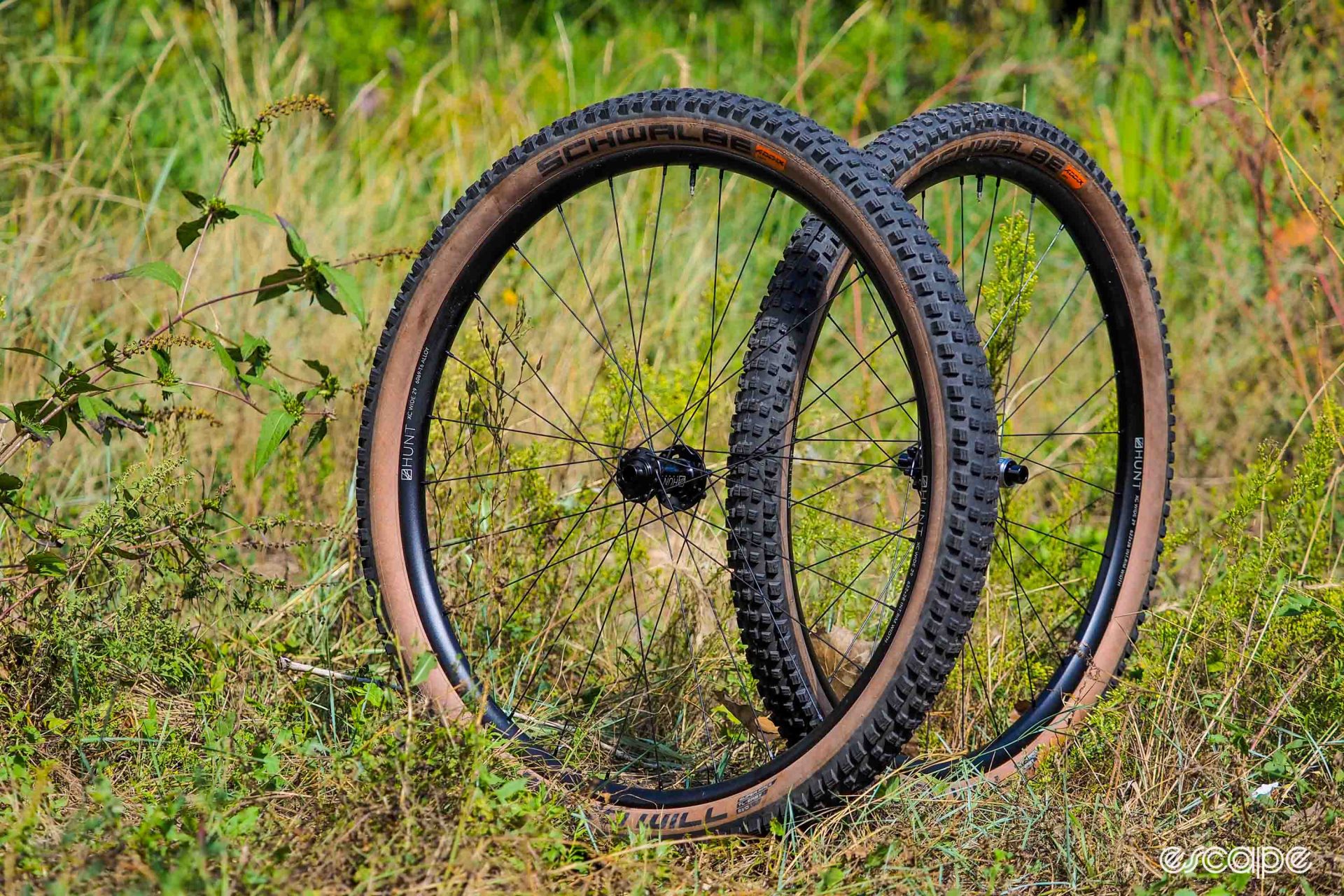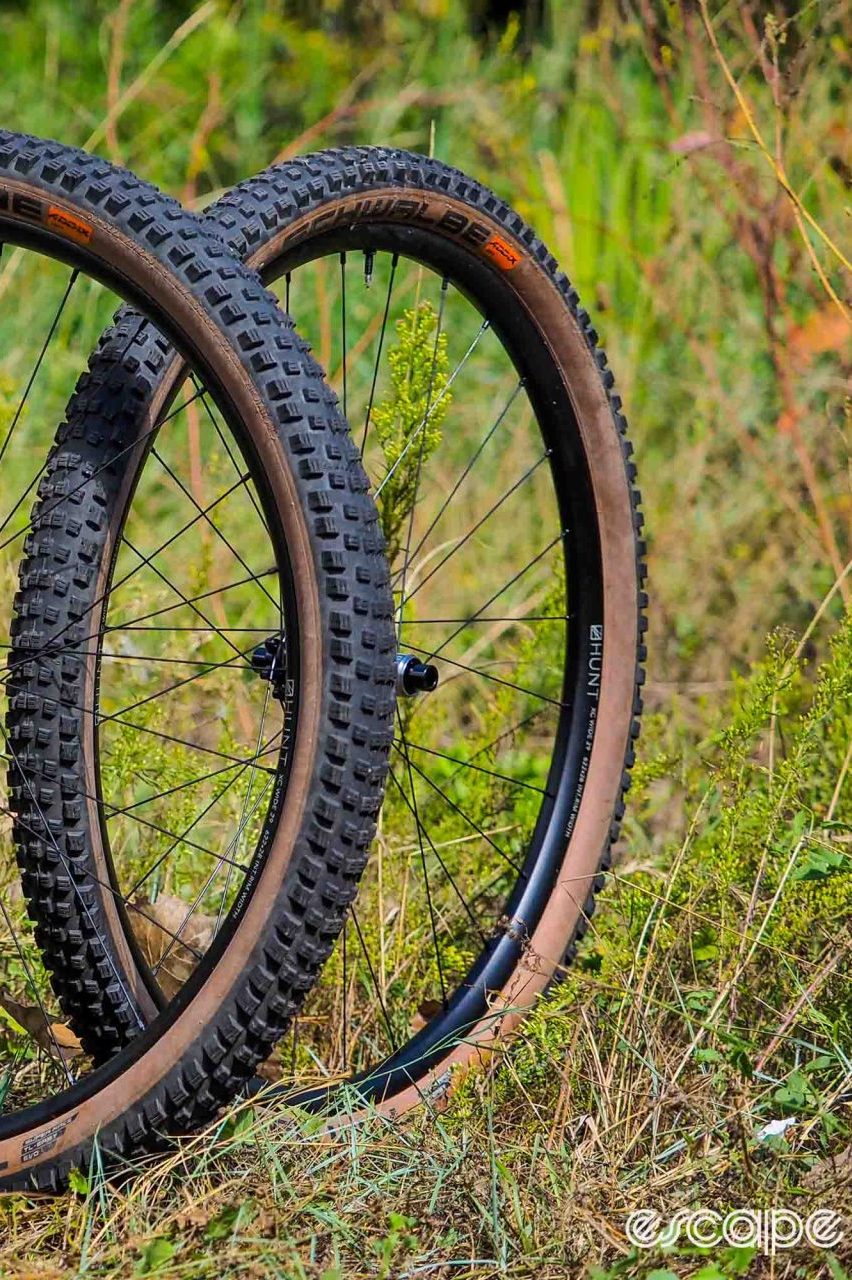Aluminum wheels have always presented a better value proposition than carbon ones, and when you combine that with the inherently approachable pricing of a consumer-direct brand like Hunt, what you get is something like the recently revamped XC Wide V3 29er wheelset. It’s got all the right numbers, like a sub-1,700 g claimed weight, a 28/26 mm front/rear staggered internal rim width, and a 5° engagement speed on the rear hub.
However, the number that’s arguably the most eye-catching is the sub-US$500 retail price (and that’s without any potential discounts). Overlay that with the excellent performance out on the trail and it makes for an awfully enticing proposition.
Keeping up with the Joneses
Hunt has historically been pretty good about staying on top of rapidly evolving trends, and the third-generation XC Wide is a prime example of that.
The welded tubeless-compatible rims are extruded from a modern 6069-T6 alloy, and feature a staggered 28 mm-wide internal front and 26 mm-wide internal rear profile that are designed for use with tire widths between 2.25-2.5″. In addition to the differential widths, Hunt also uses a shallower and more U-shaped rim cross-section up front to go with the slightly taller and more V-shaped one out back. Why the staggered profiles, you wonder? It’s hardly a new concept. Proponents say the broader front rim makes for a slightly more squared-off tire profile for improved cornering grip, while the slightly narrower rear supposedly yields a rounder and taller shape that’s slightly faster-rolling. Hunt also claims the flatter front rim offers a subtle traction boost when cornering, while the taller rear is supposedly better suited to handle impacts.
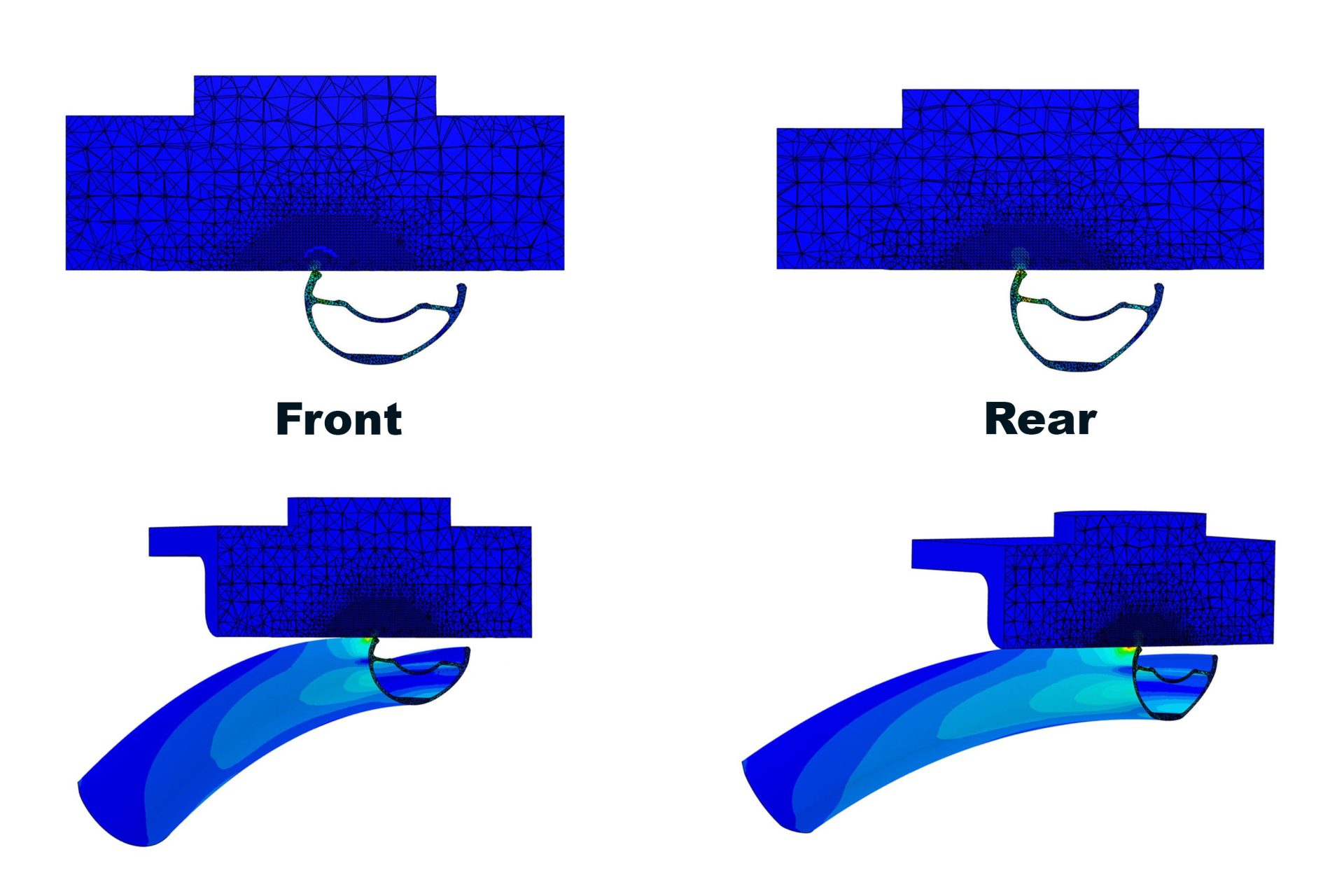
Whether or not you buy into that idea, one thing you definitely won’t find mentioned on the XC Wide V3 product page is “hookless.” Hunt is sticking to a more traditional hooked format so there are no questions with respect to tire compatibility, and the slightly blunted edge (at least relative to a hookless aluminum design) makes it a little less likely you’ll pinch a casing on a rock.
Claimed weight for the front rim is 484 g, with the rear coming in a hair lighter at 475 g.
As is typical for Hunt, the XC Wide uses own-brand hubs with 15 and 18 mm-diameter 7075-T6 aluminum front and rear axles, sealed cartridge bearings all around, and a reasonably quick 5° engagement speed. SRAM XD, Shimano Microspline, and Shimano/SRAM HG-compatible freehub bodies are all offered, each with an “H_Ceramik” coating that supposedly prevents sprockets from digging in under high torque.
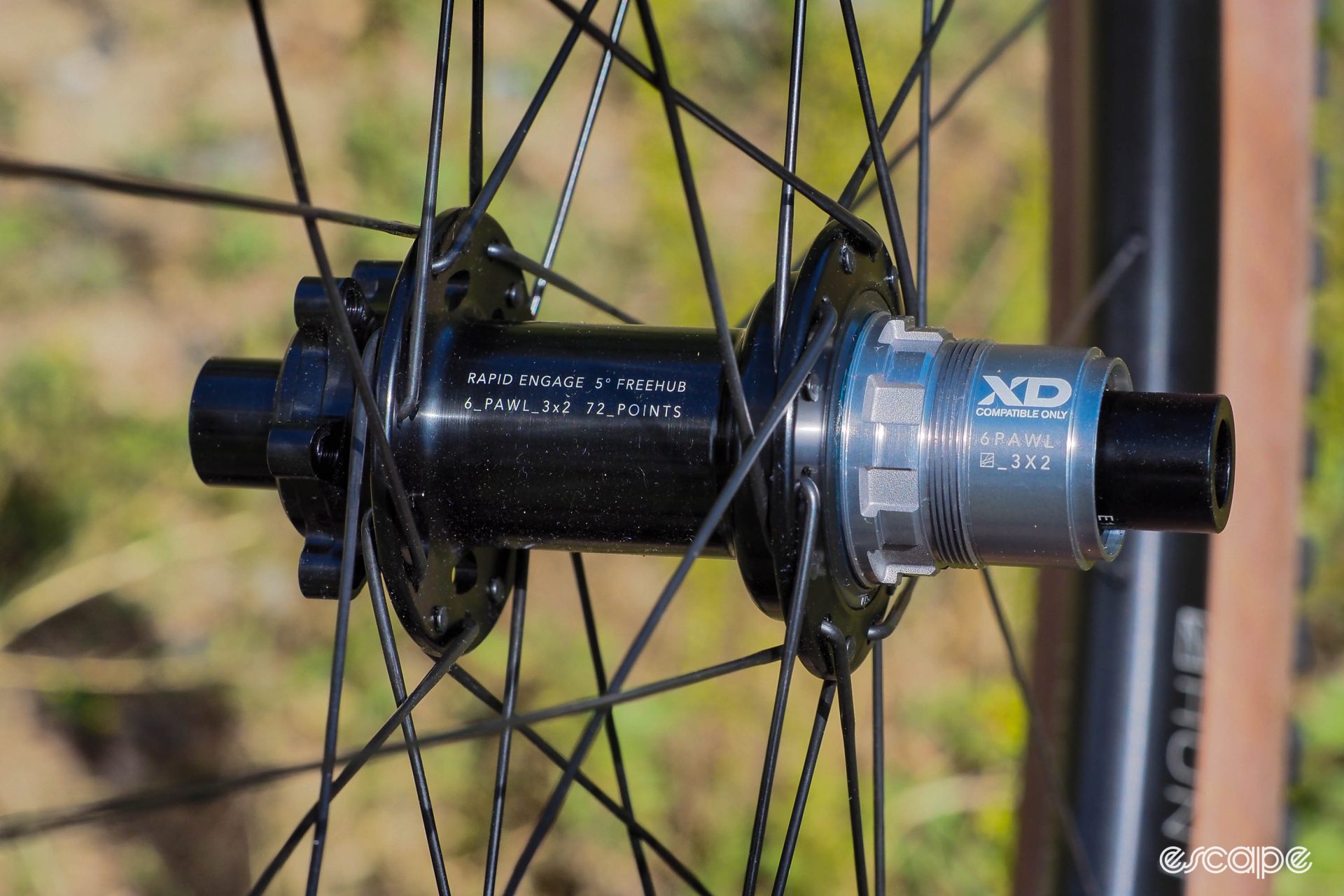
The two available thru-axle hub configurations are easily swappable (and selectable during the ordering process), including both Boost (148×12 mm rear, 110×15 mm front) and non-Boost (142×12 mm rear, 100×15 mm) sizes to accommodate both newer and older bikes. Hunt also offers oversized Torque Cap front end caps for use with newer RockShox forks. Whichever way you go, however, Hunt offers the wheels solely with a six-bolt rotor interface.
Joining the hubs and rims together are triple-butted (2.2/1.6/2.0 mm) Pillar J-bend stainless steel spokes and anodized aluminum nipples, arranged in a 28-hole, three-cross pattern front and rear.
None of the above is remotely revolutionary, but it adds up to an impressively low actual weight considering the modest price: just 1,715 g (929 g rear, 786 g front), including the factory-installed tubeless tape. And that price? Full retail is just US$479 / AU$833 / £429 / €499 – and that’s for a pair with tape, tubeless valves, and a few spare spokes.
A pretty good start
Both wheels arrived admirably true, with lateral runouts that were essentially unnoticeable unless you measured with a gauge. Both were a bit more out of round, although the runouts were barely over a millimeter – not as good as what I aim for when building a wheel myself, but still plenty acceptable, and completely undetectable out on the trail.
Overall build quality was otherwise excellent, though, with impressively even tensions throughout. Bearings were also pleasantly smooth front and rear (and stayed that way throughout my three-month test period).
Tires installed just fine using only my bare hands (albeit only with proper technique), and could be removed with just a single lever. And when it comes to seating, a high-volume floor pump made quick work of the task – no swearing (or compressors) required. However, I was only able to start that process at all after re-installing the tubeless tape on one wheel, and installing fresh tape on the other. Tubeless tape quality has been one longstanding sticking point (pun intended) in my experience with Hunt wheels, and it’s high time either more care was exercised at the factory when installing the stuff, or a better tape used in general.
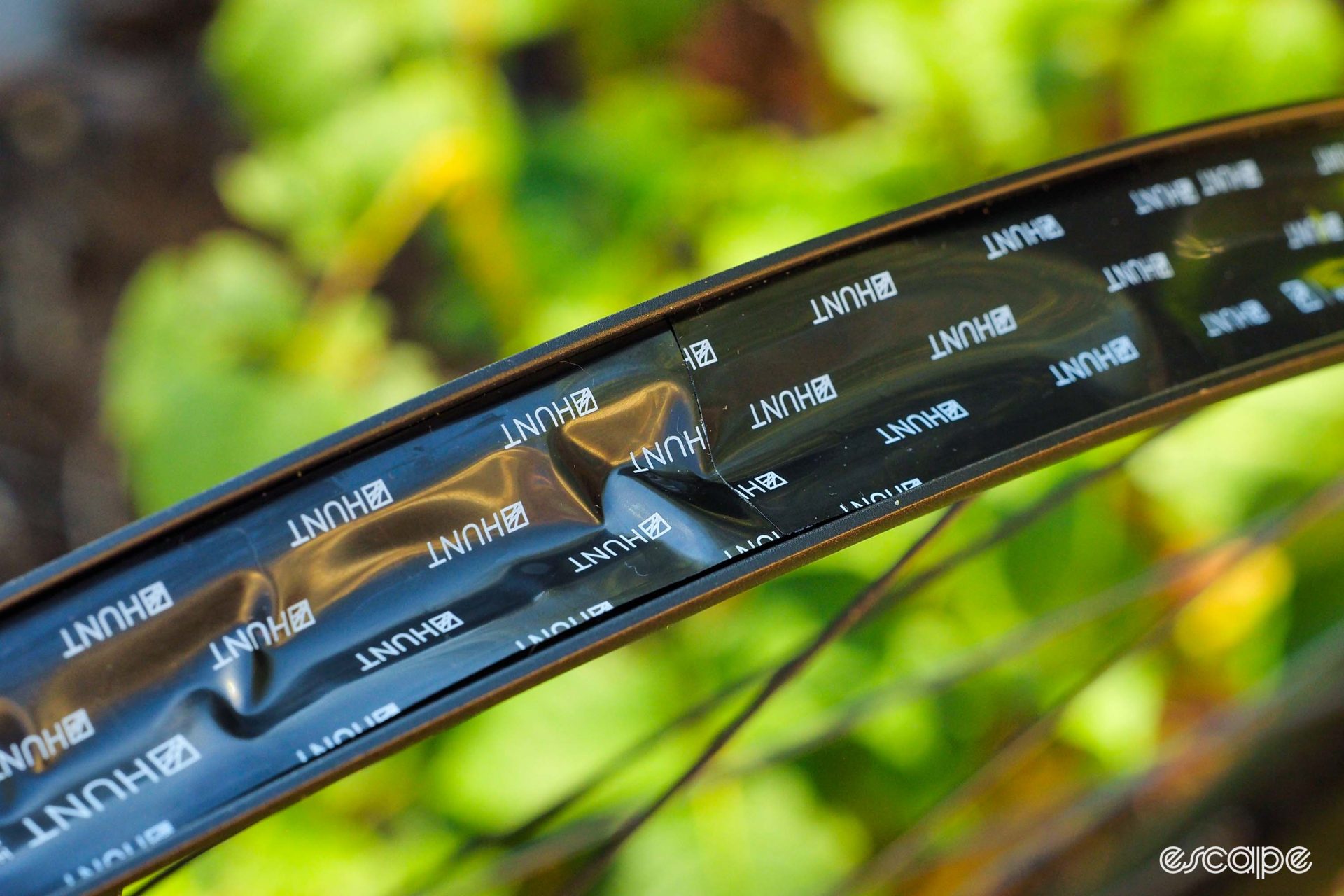
I tested these wheels with two different sets of tires – the Pirelli Scorpion XC RC and the Schwalbe Wicked Will – both in a 2.4” width, and the Pirellis with and without Vittoria Air-Liner foam inserts. Testing was done exclusively on my Rocky Mountain Element Carbon, with inflation pressures ranging from 18-19.5 psi up front, and 20-21 psi out back for my 72 kg body weight.
Ride report
Aluminum mountain bike wheels around the 1,700 g range are a sweet spot in the segment: light enough to feel pretty sprightly, not so light that they’re overly fragile, and generally pretty affordable. And in that sense, these Hunt XC Wide V3 wheels certainly reinforce that view.
They’re super impressive on the scale given the low asking price, particularly considering most of its competitors are either substantially heavier at similar cost, or significantly more expensive at similar weight. For example, the Stumphouse 29 from Boyd Cycling (another reputable consumer-direct brand) is about the same cost, but about 400 g heavier. And even with its newly aggressive pricing, Mavic’s Crossmax SL 29 may weigh about the same as the Hunt XC Wide V3, but they cost another US$100 – not huge in absolute dollar terms but proportionately a 20% price boost.
As you’d expect, that low weight pays dividends on the trail. Granted, 1,700 g may not seem that light when compared against any number of fancier sub-1,400 g models out there, and to be fair, these don’t feel as light as any of those in the saddle. But keep in mind that the typical buyer of the XC Wide V3 will likely be upgrading from OEM wheels that are hovering around the 2 kg mark, and I can promise these are quicker to spin up and more eager to change direction in comparison. And as for those top-end carbon models, I’ve ridden plenty of them, and yeah, they can feel pretty incredible. But as I said, the 1,700-gram realm is a nice sweet spot with seriously diminishing returns past that point, and you’ll have to spend an awful lot more money to do much better.
The XC Wide V3 wheels also sit in a sweet spot in terms of stiffness. There’s a little twang and flex when charging hard through technical corners or rock gardens, and handling is a little less-precise at the limit than most carbon fiber rims. But that’s nothing out of the ordinary for a lighter-weight aluminum wheelset, and in fact, many riders (myself included) actually prefer some give since it can be less jarring on especially bumpy terrain. I was genuinely surprised at how comfortable I felt abusing these wheels this affordable, even on terrain they weren’t really designed to handle.
Either way, there are no complaints in terms of how these transfer power, with no sense of unusual wind-up or twist when you really give it the beans. Especially with fast-rolling tires fitted, I suspect few people will have much to complain about in that respect.
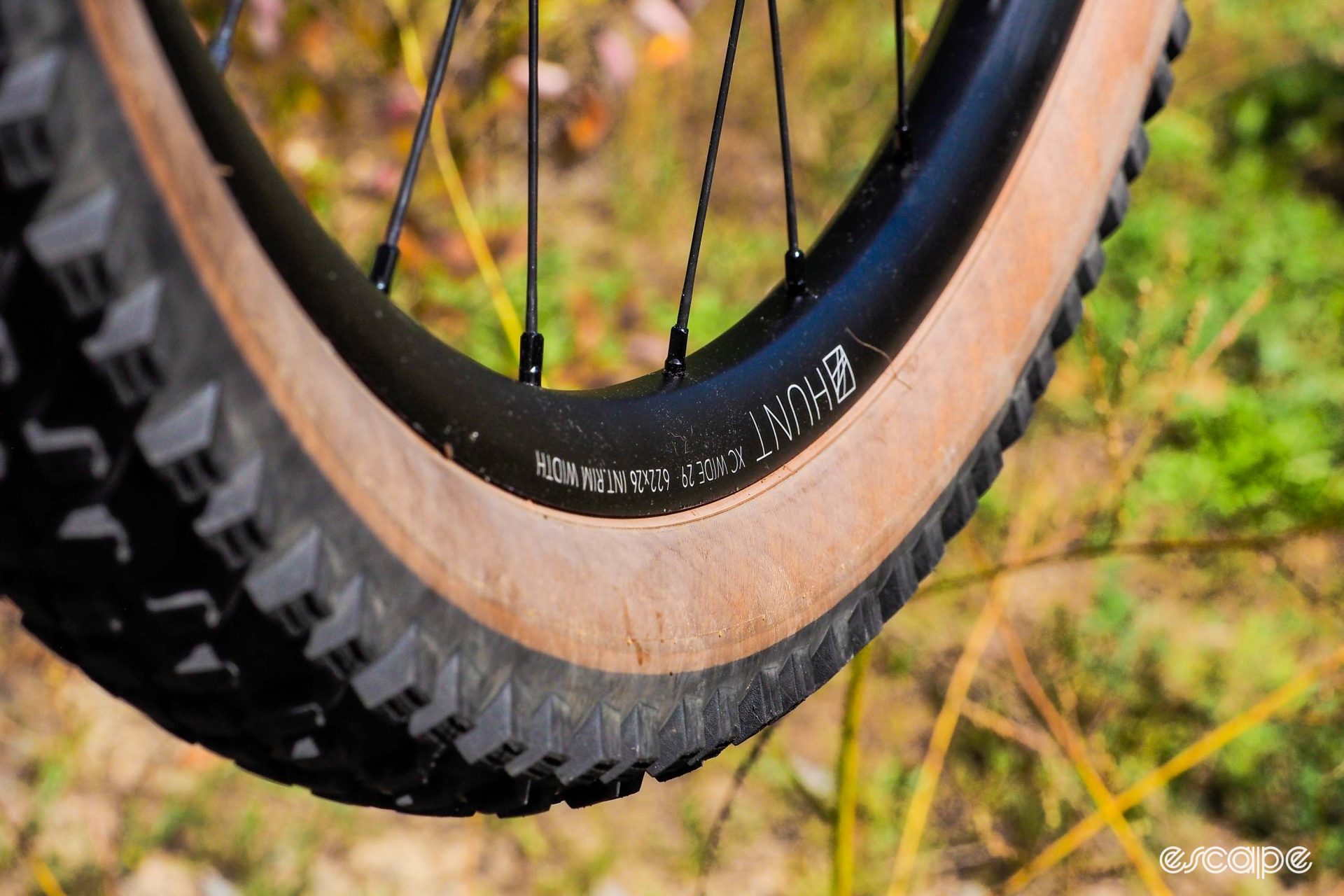
Subjective reviews like this are never as informative as proper lab settings when it comes to evaluating impact resistance, but my loaner set has nevertheless held up well in that respect. There’s no shortage of big and sharp rocks on my local trails, and despite plenty of hard tire bottom-outs at speed, I’ve yet to find any visual evidence after the fact on either rim (including one strike that was hard enough to pinch-flat one of the Pirelli tires). Again, that’s not exactly proof these are tougher than average, but it’s encouraging nonetheless. That said, I’d like to see Hunt incorporate a wider and flatter edge on the rim to provide some extra pinch-flat resistance, similar to what Race Face does with its Turbine range. It’d likely add a few grams, but then again, everything feels heavy if you have to carry it because of an avoidable mechanical.
My local terrain includes a lot of technical climbing, and so I have stronger preferences toward faster-engaging rear hubs than average. Just like in the weight and stiffness categories, the XC Wide V3’s 5° engagement speed isn’t exactly jaw-dropping, and definitely not as quick as the sub-3° figures I’ve grown accustomed to when navigating tricky pitches. But that said, it’s still better than what you typically find at this price point, and the fact it doesn’t come burdened with an overly obnoxious sound or excess friction when coasting are nice bonuses.
Some design features bode well – at least theoretically – for long-term durability, too. Hunt’s design is hardly revolutionary what with its 36-tooth ratchet ring and six individually sprung pawls. But splitting the pawls into two sets of offset trios mimic the effect of a 72-tooth ratchet while still maintaining bigger and more durable teeth. This sort of arrangement also distributes drive loads across three pawls at a time instead of just one or two. An unseasonably dry late-summer and autumn didn’t provide much opportunity for wet-weather testing, but the XC Wide V3’s rear hub is at least easy to service with no special tools – or even any tools, in fact – required for basic freehub maintenance.
Exorcising demons
I’ve ridden a number of Hunt wheels at this point, and generally have gotten on really well with them (aside from the annoying tubeless tape problem I mentioned earlier). However, my test periods still pale in comparison to the multiple years of use an actual buyer would see, and judging by the comments on a few images of the XC Wide V3 wheels that I recently posted to my Instagram account, not everyone has had the same luck.
Among the issues mentioned? Cracked spoke holes. Premature ratchet and/or pawl failures. Poor bearing longevity. Poor build quality. For sure, none of these issues should be considered minor. However, there are eight years and multiple generations of product included here, the overall severity of the situation is unknown – “anecdata” is not the same as actual data, after all – and it’s also unclear if any of those problems may have been solved over time with changes in vendors and suppliers.
Since I don’t have the benefit of peeking under the hood of the company’s warranty spreadsheets, I asked Hunt about these concerns to see what they had to say. The answers aren’t going to satisfy everyone, but the company didn’t exactly try to sweep things under the rug, either.
According to Hunt’s US market manager, Sam Johnson, the switch in rim material from the previous 6066 to the current 6069-T6 alloy was done specifically to improve durability, and the shot-peened surface was added for the same reason (it’s a well-known method for combatting crack propagation). Johnson also said that conical washers are now used underneath the 14g hard-anodized spoke nipples to more evenly spread loads at the spoke holes – another technique that’s well proven over the years.
As for the freehub and bearing issues, Johnson said the latest generation of hubs features a larger-diameter ratchet ring, which “allows us to fit bigger bearings that sit more in-line with the shell for increased durability under load from large modern sprocket forces.” And although he didn’t say so explicitly, he at least inferred that many of the bearing issues could be sourced to older generations of wheels built around open-source hubs.
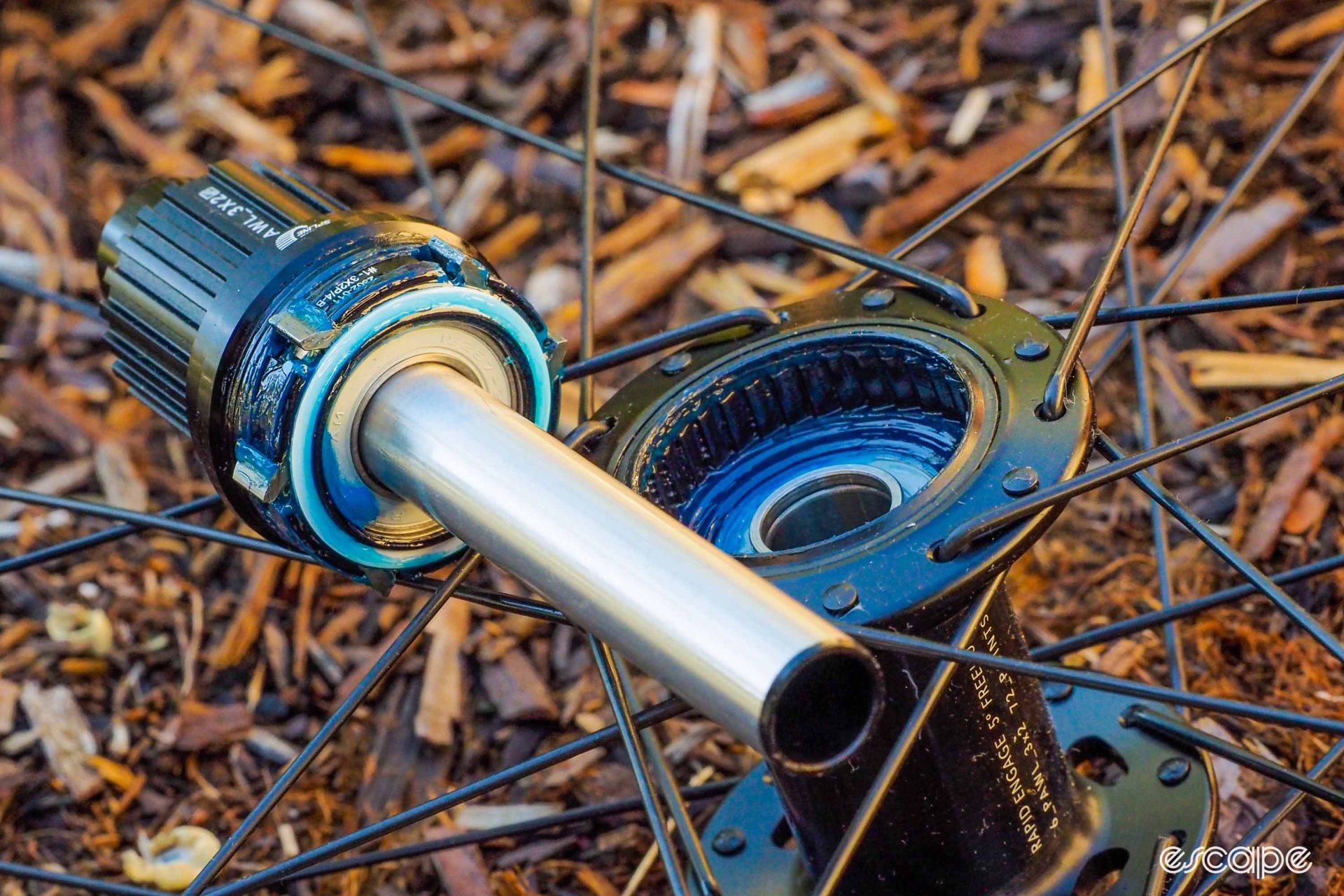
Is any of that an ironclad guarantee that any/all apparent issues have been solved, once and for all? Should everyone merely take Hunt’s statements as gospel? Perhaps, but perhaps not; I just don’t have the information to say. However, I take a least some solace that the company acknowledges those issues and seems open to solving them, and even folks reporting problems in those comments said the company was very supportive with replacement parts and rebuilds. So if nothing else, it’s not like Hunt is leaving customers high and dry if and when problems arise.
“We want riders to know we will bend over backwards to keep them rolling,” Johnson said.
May the odds be ever in your favor
My relatively short-term experience with Hunt’s XC Wide V3 wheels have been unquestionably positive. They’re impressively light while also being highly attainable, they’re up to date in terms of rim dimensions and freehub engagement, they’ve been surprisingly tough, and unlike Hunt’s higher-end carbon stuff, even the branding is refreshingly minimal. Aside from some very minor quibbles (basically just the crummy tubeless tape), they get an awful lot right, and seemingly very little wrong.
Emphasis on “seemingly,” perhaps, based on the more collective experience of Hunt owners over the years. That said, there seem to be an awful lot of happy Hunt customers, too, and at least in my book, openly acknowledging those (hopefully) past problems and being committed to continually improving stuff goes a long way.
Long story short: Considering what you get for the money here, combined with the company’s proven track record for post-sales support, I think I’d be willing to roll the dice on these.
More information can be found at huntbikewheels.cc.
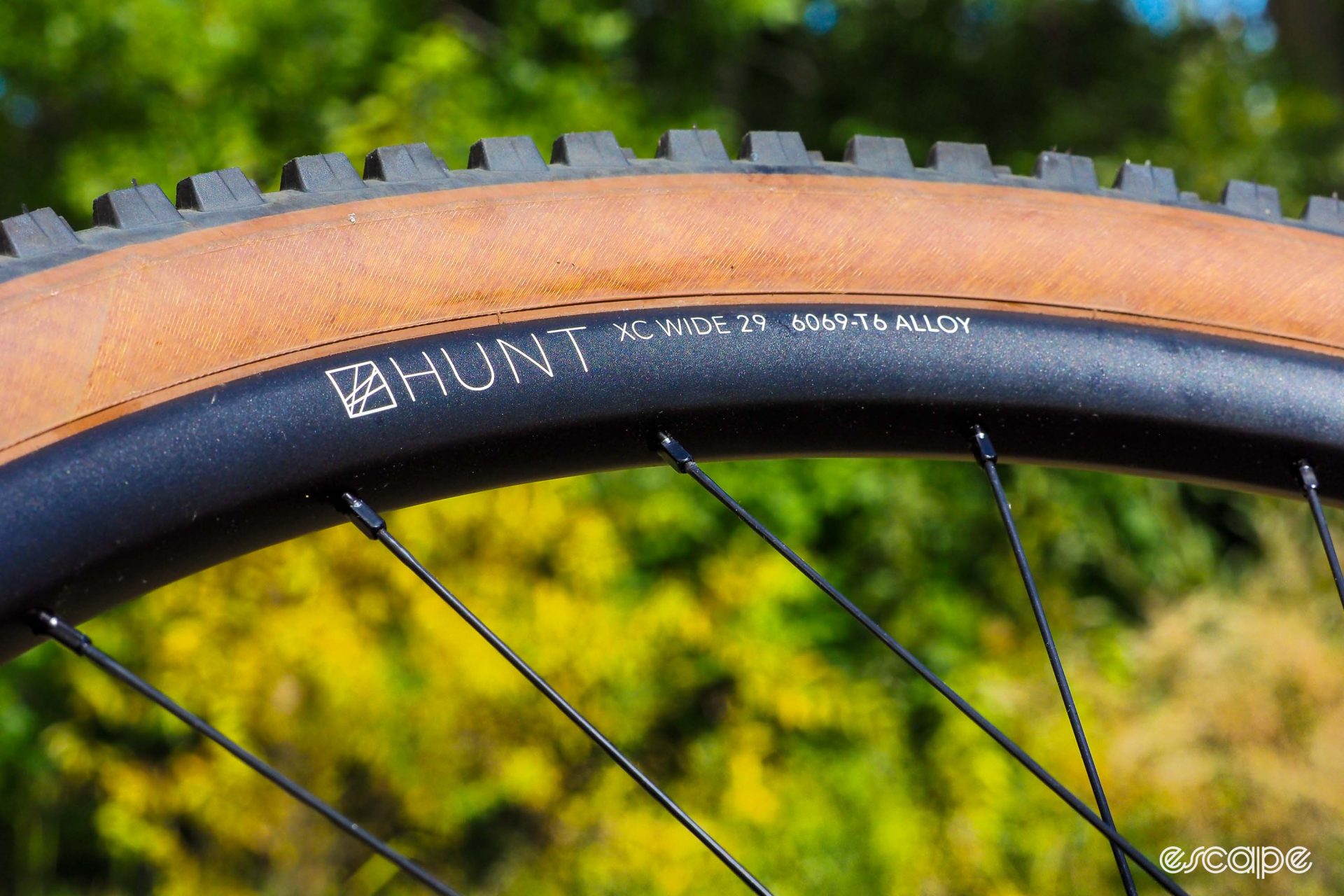
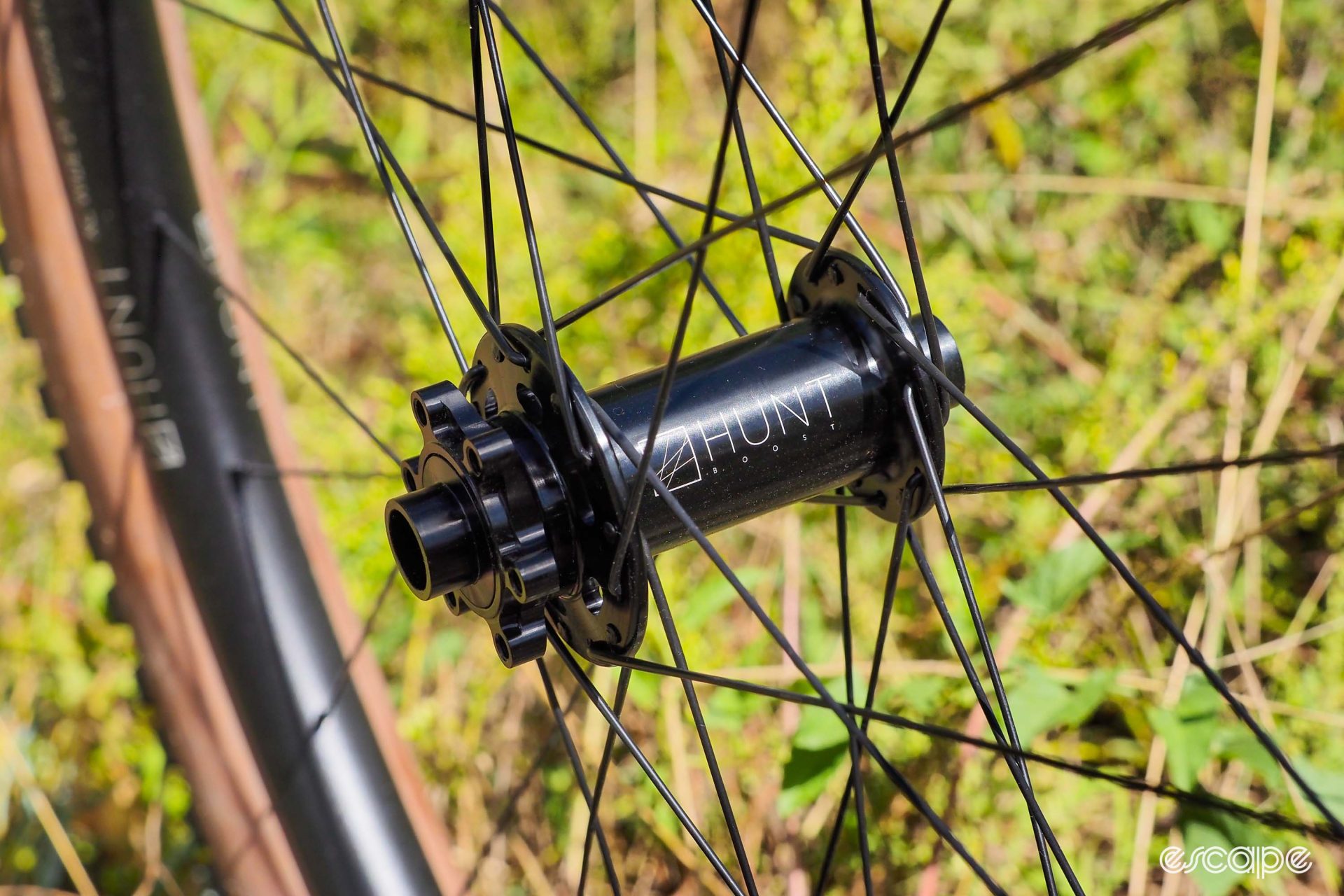
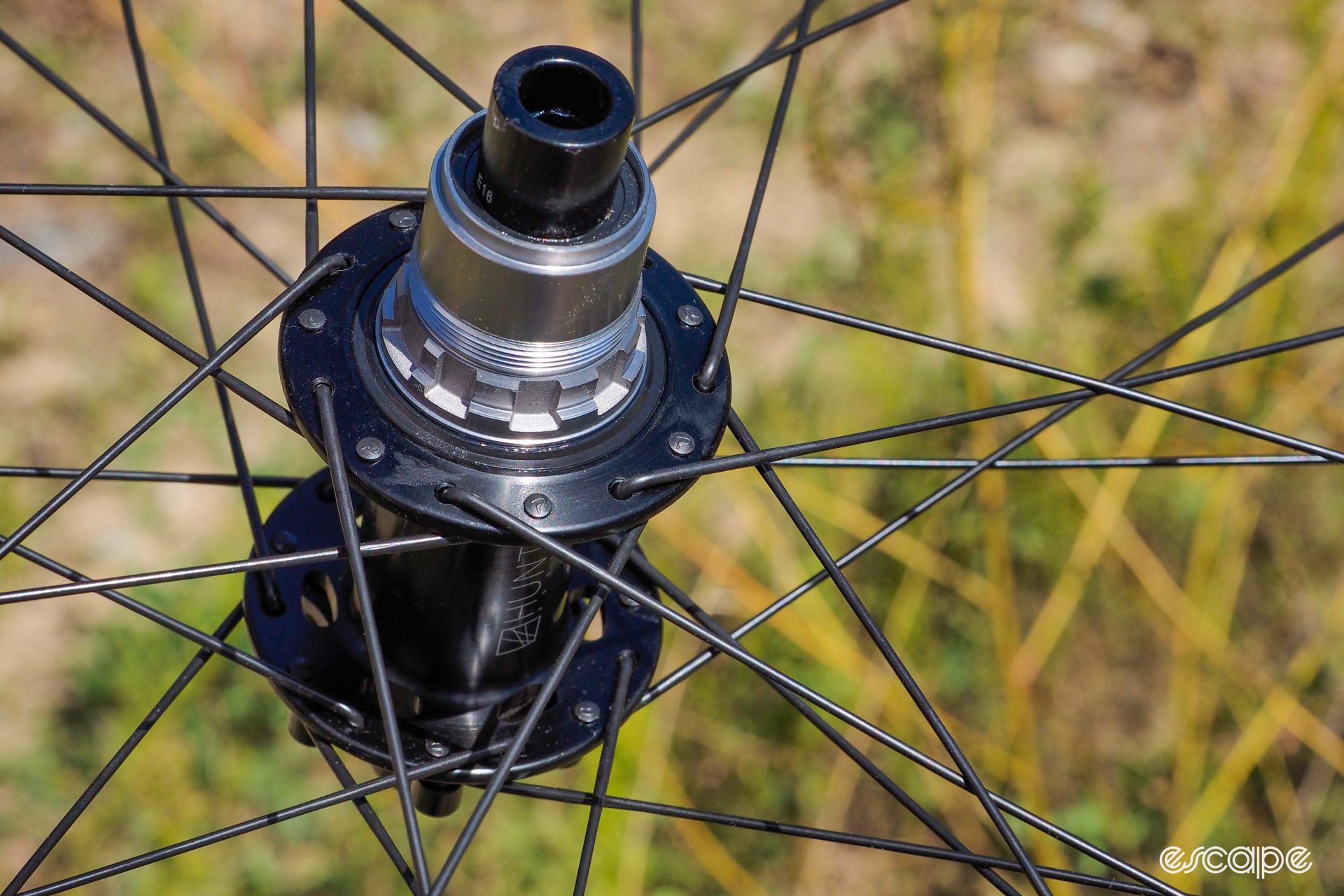
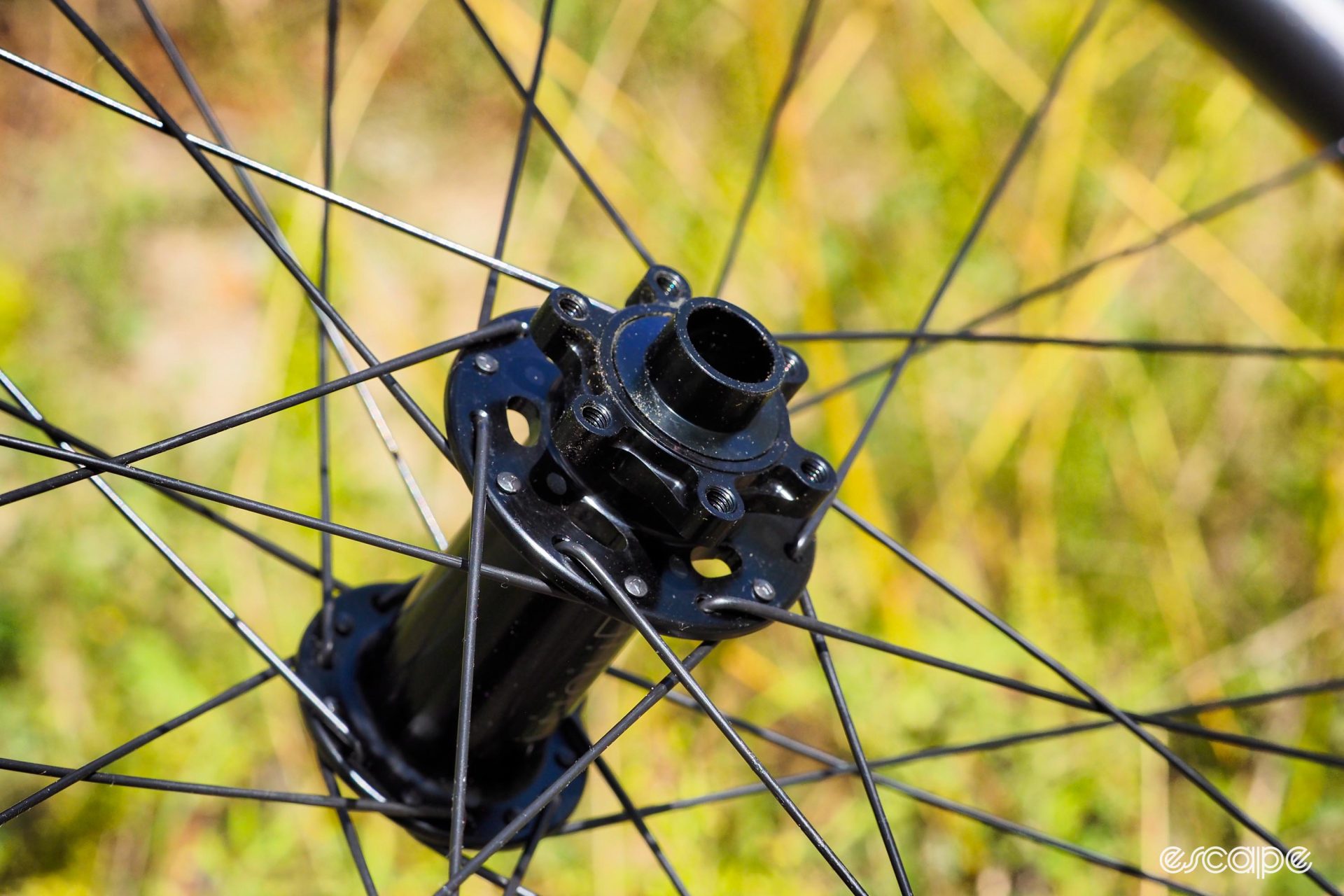
Did we do a good job with this story?
